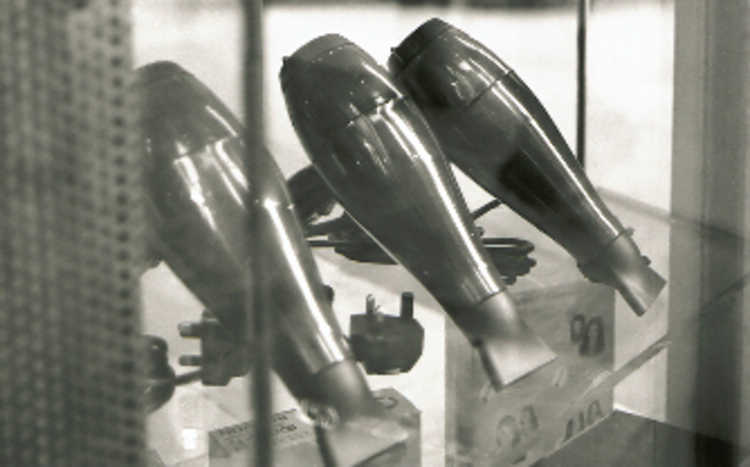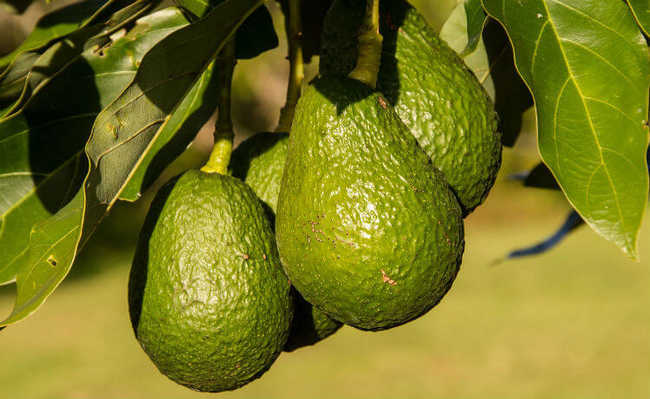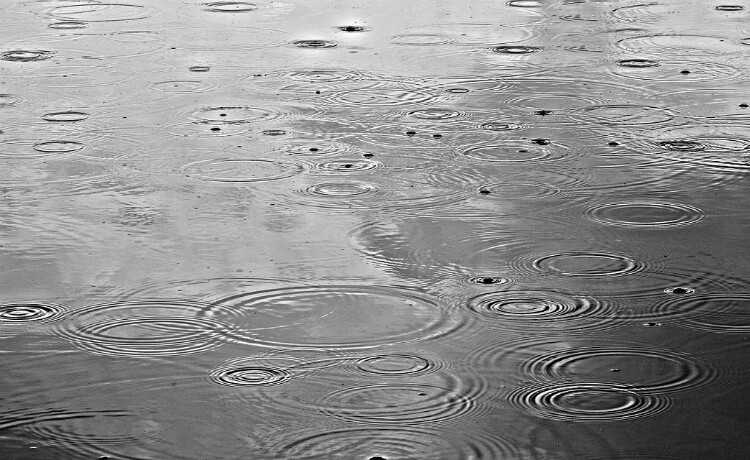Plasticizers that make up PVC films can be transmitted to food
PVC film is widely used for food packaging, but its use can bring risks. understand why

Flexible PVC films are widely used in the packaging of food products. We've all used that transparent plastic that "stretches" to store and protect some kind of food. Because of this, it is very important that it is a safe and innocuous material for health. However, some research indicates that certain substances present in plastics can contaminate food. Check out.
To have that flexibility and malleability, PVC needs the addition of plasticizers. The most used are di-(2-ethylhexyl) adipate - DEHA and di-(2-ethylhexyl) fatalate - DEHP. These compounds are not tightly bound to the PVC polymer and can, under certain conditions, migrate from the plastic to the food that is in contact with the PVC film. The biggest problems occur when the food involved in the PVC film has large amounts of fat or if it goes through a heating process, causing a higher rate of plasticizer migration into the food.
There are several other phthalates present in plastics: di-(n-butyl) phthalate - DBP; di(ethyl) phthalate - DEP; di(hexyl)-DHP phthalate; di-(methyl)-DMP phthalate; di(octyl) phthalate - DOP; butyl benzyl phthalate - BBP; di-(isobutyl) phthalate - DIBP; di-(isononyl) phthalate - DINP; di-(isododecyl)-DIDP phthalate; mono-(2-ethyl hexyl) phthalate - MEHP and di-(isoheptyl) phthalate - DIHP.
understand the risks
As these compounds can be a source of contamination, they pose health risks to the population. Because of this, in recent decades, intense research has been carried out on the effects of these substances, and many of them have revealed that phthalates have carcinogenic potential in rats, in addition to causing damage to the animal and human reproductive systems, due to their role as an endocrine disruptor.
Other studies even suggested that exposure to phthalates DEHP and DBP, during pregnancy, could interfere with the baby's brain development, blocking the action of the male hormone testosterone.
The International Agency for Research on Cancer (IARC) classifies phthalates as possibly carcinogenic to humans (group 2B).
regulation
Recognizing the problem with these plasticizers, the US Environmental Protection Agency (EPA) has set the DEHA concentration at 6 µg/L (micrograms per liter) for water stored in plastic bottles and the use of toxic plasticizers has been banned in toys for kids.
In Brazil, the Sanitary Surveillance Agency (Anvisa), through resolution No. 105 of 1999, establishes a maximum content of 3% by mass in the plastic material for PVC material containing DEHP as plasticizer, if in contact with fatty foods. However, the same regulation does not set a restriction limit for DEHA.
A study carried out in Rio de Janeiro found that all PVC film samples sold in the state had DEHP levels above the limit stipulated by Brazilian legislation. The mean value of DEHP migration from plastic to food found was 156.34 mg/kg.
Phthalates have gained market share worldwide as plasticizers and are still present today, as they are the substances that offer the best cost/benefit ratio associated with good properties in the area of food packaging, especially in terms of conservation and practicality.
As a result, phthalates are widely found in other plastic utensils such as cups, medical devices (blood bags and for the application of medications such as serum), pipes for water pipes, children's toys, curtains, adhesives and any other plastic PVC (which has recycling number 3, find out more).
Preventing yourself is the best option
While there is no legislation and stricter supervision, it is best to prevent. Avoid wrapping food in PVC film - use glass storage containers instead, they are proven safe for food packaging and can be used indefinitely. Try, whenever possible, to purchase phthalate-free products. Remember that there are several different names that appear on the packages (check the beginning of the article). The description on phthalate-free products usually appears as follows: without DEHP or DEHPfree. Another safer way to pack food is with polyethylene plastics (LDPE/LDPE-4), they are commonly used to pack loaves of bread. That way, when the bread runs out, you can continue to use the packaging to store other foods. But still worth the tip, never heat the food wrapped with any plastic, and never use the same packaging multiple times, dispose of it correctly!
Learn more about where phthalates are found and their effects and PVC film recycling.










